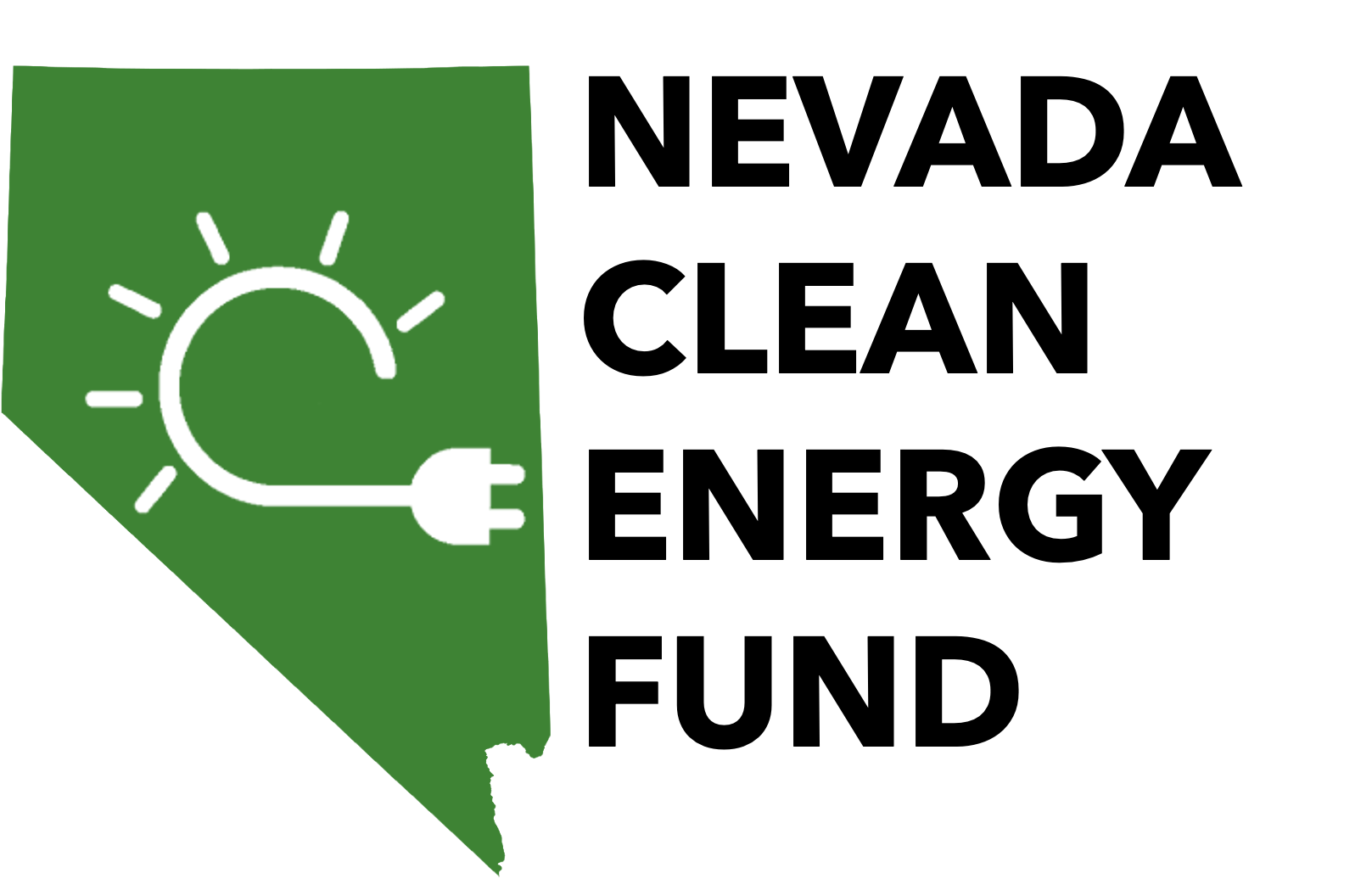NEVADA'S ENERGY LANDSCAPE & OPPORTUNITIES
Check back here for information on clean energy resources available to Nevada's residents and businesses. Subscribe to our newsletter below to receive updates and follow us on Twitter.
Renewable energy currently supplies ~30% of Nevada’s electricity needs. Nevada has a state-mandated goal of sourcing 50% of its electricity needs from renewable sources by 2050.
Nevada is a leader in the nation in geothermal and solar electricity generation, ranking second in overall geothermal generation and first in per capita solar generation.
Nevada has significant untapped solar, geothermal, wind, and energy efficiency resources that could be economically developed.
Solar energy is the fastest growing energy resource worldwide and in the US. Learn more about solar energy here.
Nevadans could save 16% on their utility bills by 2035 by pursuing cost-saving energy efficiency measures, according to the National Renewable Energy Lab (NREL).
The energy sector employs nearly 34,000 people in Nevada, representing just over 3% of jobs in the state, and this number is growing. The top industries by employment are: transportation, energy efficiency, solar, and energy storage.
NV Energy, the utility that provides 88% of the state's electricity needs, participates in the California ISO's real-time market known as the Energy Imbalance Market (EIM). In 2021, Nevada's legislature passed a law requiring the state's utilities to join an organized, competitive wholesale electricity market by 2030. These markets, known as RTOs and ISOs, serve two-thirds of the US, and help drive electricity costs down, increase grid reliability, and integrate more renewables onto the grid.
Nevada has a 2050 net-zero greenhouse gas (GHG) emissions target.
Nevada is home to the only operating lithium mine in the US, and holds the largest known reserve of lithium in the nation. Lithium is a critical input to batteries that power electric vehicles and provide reliable energy storage to the electricity grid.
Nevada is home to 28 Nevada Tribes, bands, and colonies with approximately 1,500 square miles of land. Nevada's Tribal lands are home to several renewable energy projects that generate clean, low-cost electricity and support high quality jobs, including two utility-scale solar PV project currently under development on Moapa Band of Paiutes Tribal land.
Nevada sources approximately 85% of its energy from out-of-state.
One of the nation’s largest federal hydroelectric facilities, Hoover Dam, is on Nevada's border with Arizona, and meets approximately 5% of Nevada's electricity needs.
Nevada is one of the fastest-growing states by population in the US, and is consistently ranked as one of the most business-friendly states due to its large and high quality workforce, lack of income tax, strategic location, low-cost real estate, and low utility rates.
